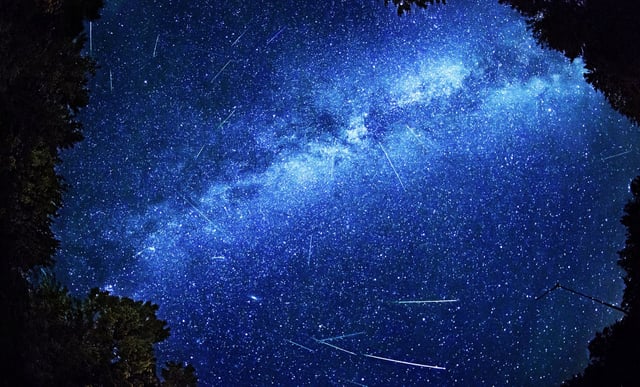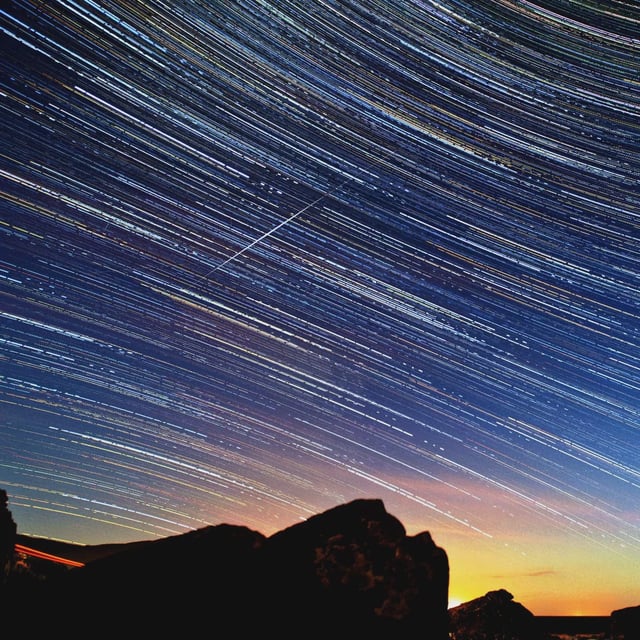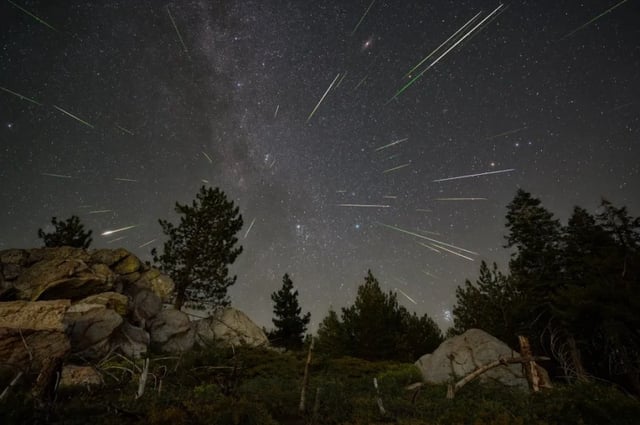Overview
- The Perseid meteor shower peaks the night of August 12–13 when Earth passes through Comet Swift-Tuttle’s debris, but an 84% full Sturgeon Moon will brighten the sky.
- In moonless settings, this annual display yields 50–100 meteors per hour, though rates will drop sharply under strong lunar glare.
- Observers can shield their eyes from the moon by positioning with their backs toward it, using trees or buildings as barriers, and focusing on the pre-dawn hours when the moon lies lower.
- NASA and the American Meteor Society advise choosing dark-sky locations, consulting moonrise charts and avoiding urban light pollution to boost chances of seeing meteors.
- Bay Area venues including Lawrence Hall of Science and Chabot Space & Science Center are hosting star parties from August 12–14 to help guests navigate the lunar-lit viewing conditions.


